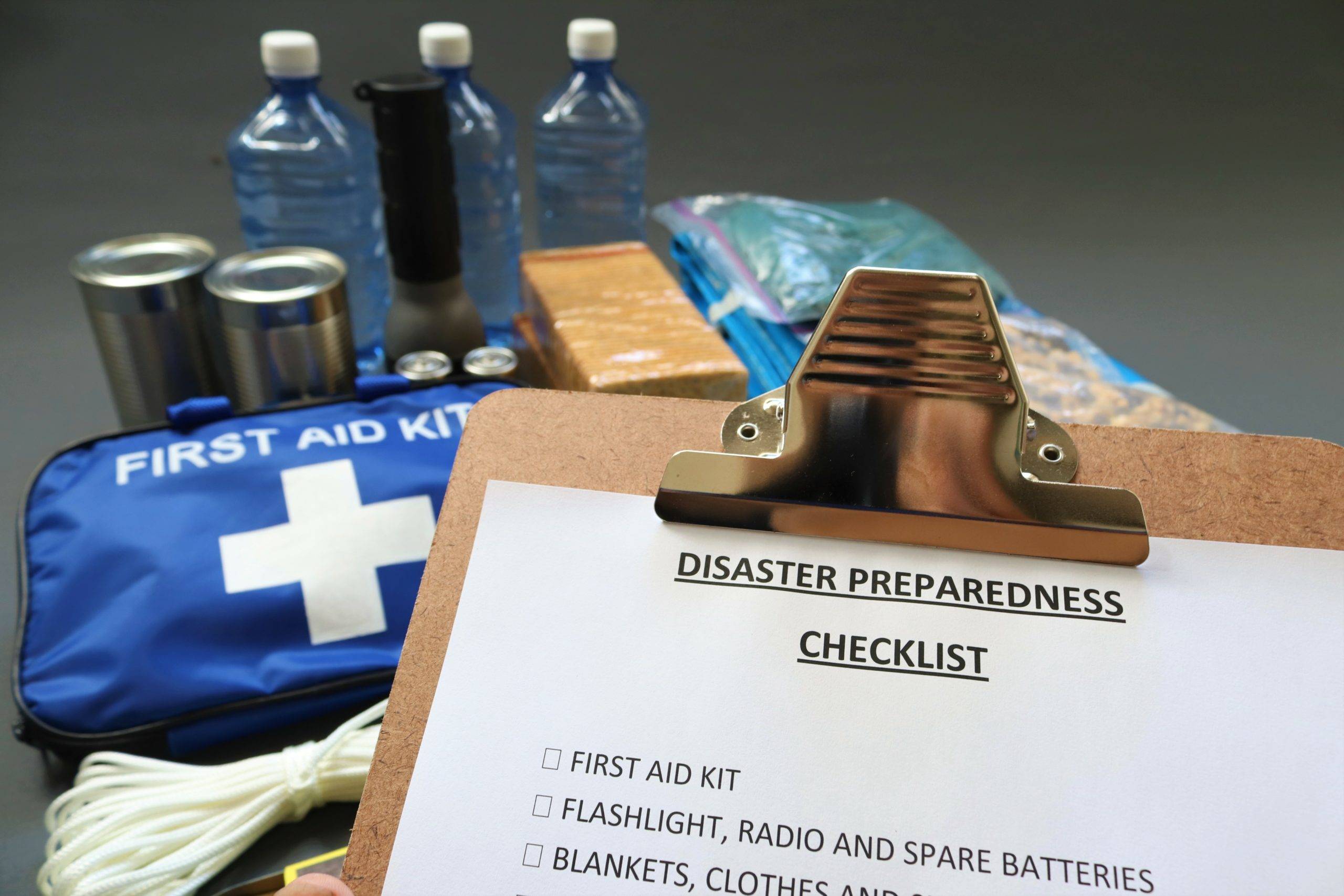Emergency preparedness is a crucial topic for every Californian, but it is especially critical for our most vulnerable. If you’re responsible for the care of a sick, elderly, or disabled person, the idea of a natural disaster becomes even more frightening. In the event of a power outage, flood, fire evacuation, or earthquake, what would you do? In a recent livestream, we tackled these very questions.
CSU Chico partnered with Passage Caregiver Resource Center to present on this topic along with several guest speakers to both shed light on the problem and offer solutions. If you need help with emergency preparedness, this presentation is a great resource.
Natural Disasters and Caregiving || Additional Information
To inform this discussion, we’ve brought together some additional facts and information.
The NIH has started championing research into the impact of natural disasters over the last decade or so on caregivers in response to Hurricane Katrina. Results since then have shown that caregivers facing natural disasters encounter unprecedented challenges.
- Many caregivers report having experienced a natural disaster before, but not as a caregiver.
- Most caregivers who experienced a natural disaster while responsible for another felt caught unaware and unprepared.
- Caregivers report their caregiving responsibilities clouding their judgment and impacting their ability to prepare.
- Unprepared caregivers often reflect negatively on their decisionmaking or critical evacuation choices post-emergency.
(Source)
As the frequency and intensity of natural disasters has and will continue to increase globally, emergency preparedness is a top-of-mind issue for Californians. It is crucial for caregivers to create an emergency plan that is actionable, flexible, and rehearsed. Preparedness will make the emergency situation less dangerous for both the caregiver and the person in their care.
Vulnerable Populations and Natural Disasters
California is diverse and vulnerable populations are typically disproportionately affected by natural disasters.
The state of California typically considers vulnerable populations to include the elderly, ill or chronically ill, disabled, non-white or Hispanic, those with limited English, and those living in poverty, (though this list is not exhaustive). (Source)
The live stream presented by Passages California Resource Center and CSU Chico has taken vulnerability into account in its recommendations offering ideas that are accessible for those in these vulnerable populations.
Emergency Preparedness Tips
For a full list of emergency preparedness tips, we recommend watching the live stream in full. Here are a few tips to get your emergency preparedness started.
- Create an emergency bag.
Create an emergency bag full of essentials such as first aid equipment, cash, flashlights, batteries, extra medications, extra food, diapers, pet care items, water, a flash/storage drive of digital copies of important documents, etc. and whatever you need to provide care for at least three days in the event of an immediate evacuation. Store this bag somewhere that is easily accessible by anyone who happens to be there in the event of an emergency. - Prepare for a power outage.
In the event of extreme cold, as we saw in Texas, or in the event of extreme heat, as we’ve seen in California, it’s important to know how to stay safe, fed, hydrated, and cool or keep warm without power. - Watch the live stream.
for additional actionable tips for preparing for an emergency or natural disaster, take some time to watch the full live stream which is linked for you here. We recommend sitting down with a notepad so you can create a to-do list and take notes while watching.
